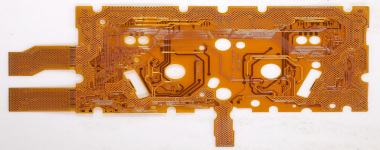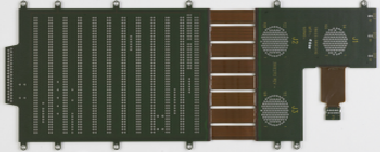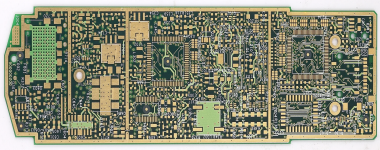Thermal Vias vs. Heat Sinks: Choosing the Right Thermal Solution
When it comes to longevity, reliability, and performance of electronic devices, efficient thermal management is a critical factor. From smartphones to high-powered servers, almost every piece of technology generates heat as it operates, and if that heat isn’t properly dissipated, it can lead to overheating, system failure, or even permanent damage to components. This is


